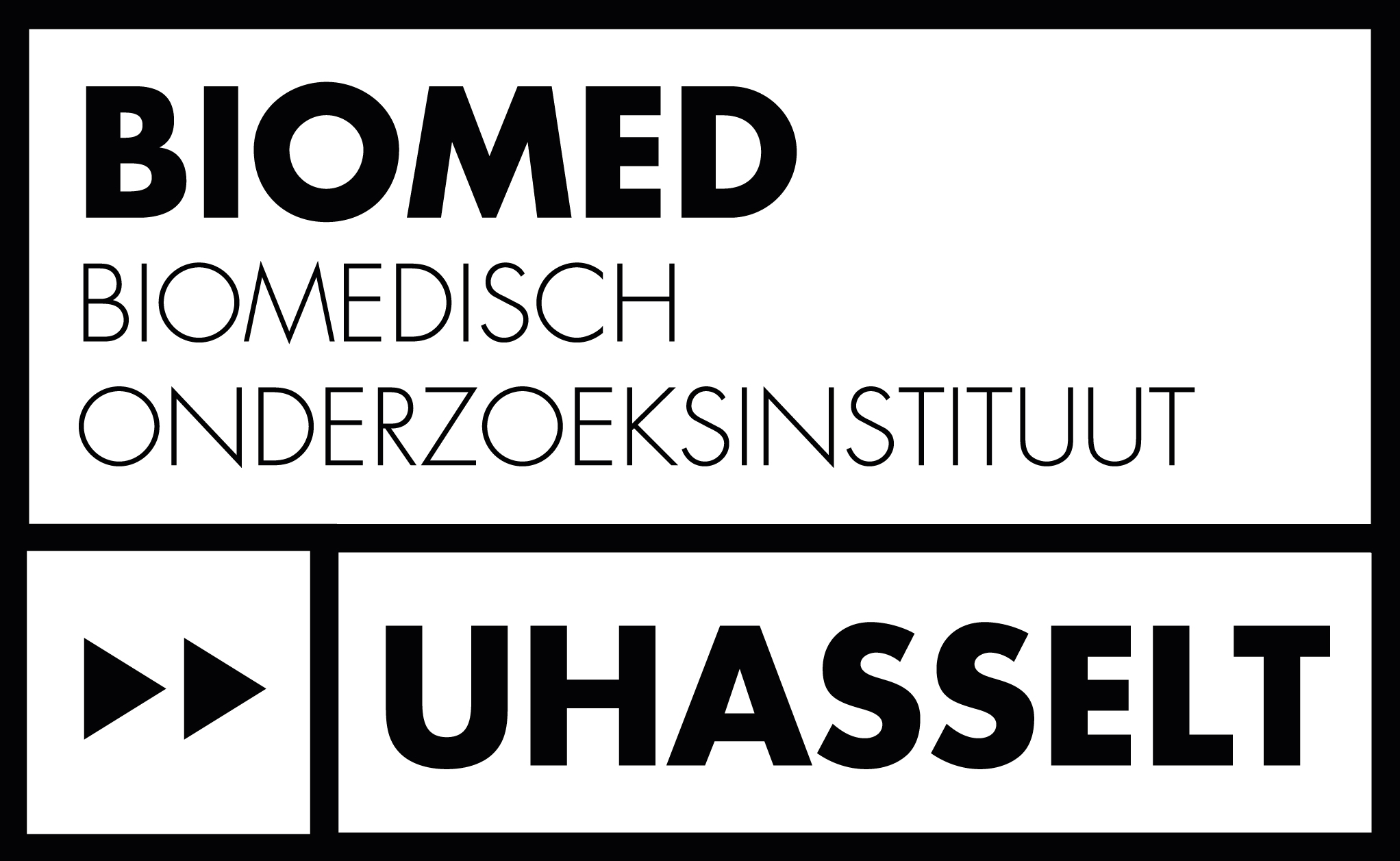More Projects



MEP open dataset
The conduction through the nervous system can be assessed with evoked potential (EP) measurements. These types of measurements provide insight in neural conduction by stimulating the nervous system in one place, and measuring the resulting signal at some other point. The different EP modalities correspond to different sites of stimulus and measurement. In the case of motor evoked potentials (MEP), which is the modality this dataset contains, the motor cortex (M1) is stimulated using transcranial magnetic stimulation (TMS) and the resulting signal is measured in the hands or feet.
These types of measurements (MEPs) are usually reduced to a small set of summary variables, the main ones being the latency, the peak-to-peak amplitude, and a binary score of morphological abnormality. We published the anonymized MEP dataset that contains MEPs obtained during about 6 years of follow-up in the Rehabilitation and MS center at Pelt, Belgium. For most of the patients the EDSS is also available. To the best of our knowledge, there are currently no publicly available datasets that contain longitudinal follow-up of MS patients. In addition, it contains the full measurement time series, and not just the commonly used summary values such as latency and peak-to-peak amplitude. This dataset has been used to define a continuous score of morphological abnormality that agrees with the binary scoring of neurologists. It has also been used to investigate whether the full MEP time series contains extra information to predict disability progression after 2 years, besides the usual summary values14. Possible use cases for this dataset include time series analysis, predicting disease progression, predicting the current MS phenotype from the EDSS, and calculating survival curves for time to progression or transition to a different MS phenotype.
Deliverable:
Open MEP dataset published (link)
Publication:
Yperman J., Popescu V., Van Wijmeersch B. et al. Motor evoked potentials for multiple sclerosis, a multiyear follow-up dataset. Sci Data. 2022 (link)
Partners involved: UHasselt, Noorderhart

The Safety and Effectiveness of Mavenclad® (Cladribine) tablets in people with Multiple Sclerosis: A retrospective, real-word evidence study at University MS Centre in Pelt, Belgium Semi-automated Health Data Integration
This project aims to investigate the safety and effectiveness of cladribine tablets (Mavenclad®), after it has been marketed, in a cohort of MS patients followed up at the Rehabilitation and MS Center in Pelt in a real-world setting. Moreover, the Rehabilitation and MS Center has additional study parameters that were not followed up in the phase III studies, bringing additional added value.
Deliverable:
Provide Real-World Evidence to give neurologists more insight into the implementation of (cladribine tablets) Mavenclad® as a treatment option for MS and complement the randomized clinical trials.
Publication:
Aerts S, Khan H, Severijns D, Popescu V, Peeters LM, Van Wijmeersch B. Safety and effectiveness of cladribine tablets for multiple sclerosis: Results from a single-center real-world cohort. Mult Scler Relat Disord. 2023;75:104735. (link)
Partners involved: UHasselt, Noorderhart

Federated Learning for Everyone (FL4E)
Summary:
Accessing substantial amounts of data is critical for deriving reliable answers to clinical research questions. Nonetheless, data fragmentation across multiple contributors, along with ethical and regulatory difficulties, often impedes access to the most pertinent data. Despite federated learning's potential to harness insights from fragmented data, its adoption is hindered by implementation complexities, scalability issues, and inclusivity challenges. To navigate these, this paper presents the Federated Learning For Everyone (FL4E) framework, a versatile and accessible ecosystem that promotes multi-stakeholder clinical research collaboration. FL4E simplifies the intricacies of federated learning with a user-friendly, modular structure that underpins an ecosystem-based design. An innovative `degree of federation' feature strikes a balance between centralized and federated learning, paving the way for a tailored application in various healthcare settings. We demonstrate the efficacy of FL4E by rigorous testing on real-world healthcare datasets. Notably, the degree of federation's hybrid model achieves performance on par with fully federated models with much less additional overhead. This underscores the effectiveness of federation and suggests that FL4E has the potential to revolutionize collaborative clinical research by stepping away from the centralized versus federated dichotomy. Detailed implementation of FL4E, Docker configurations, and associated analyses are accessible at https://github.com/ashkan-pirmani/FL4E-Analysis.
Deliverables:
- a user-friendly interface, enabling the creation of reusable ecosystems, and fostering inclusivity among a diverse range of stakeholders.
- facilitate collaborative clinical research
- making federated learning more accessible and adaptable in the healthcare sector.
Partners involved: UHasselt, KU Leuven

Enhancing Prognostication in Multiple Sclerosis: Developing a Tool to Inform Expected Prognosis and Treatment Strategy using Mixed Methods - Phase 1: Defining MS Prognosis - Part 1: expert interviews
Summary:
With this study, we aim to gain more insight into the phenomenon of 'prognosis' within Multiple Sclerosis (MS) disease. To this end, we will interview international MS experts via semi-structured interviews. The aim of the first part of this study (Phase I, PART 1) is to obtain a consensus definition of good vs. fair vs. poor prognosis in MS. This definition can be used in the next phases of this PhD project as a prediction outcome measure to build a 'prognosis tool' for MS (a dashboard-style tool that can be used in the clinic to estimate the expected prognosis of a newly diagnosed MS patient based on prognostic characteristics). This study will be followed by patient-surveys and a consensus process.
Deliverable:
A consensus definition on MS-prognosis that will lay the foundation for the next phases of this research project (II-V) with the aim to develop a robust tool capable of accurately estimating MS prognosis at diagnosis. This valuable tool will serve neurologists to assist them in making informed treatment decisions for individuals with MS.
Partners involved: UHasselt, Noorderhart
